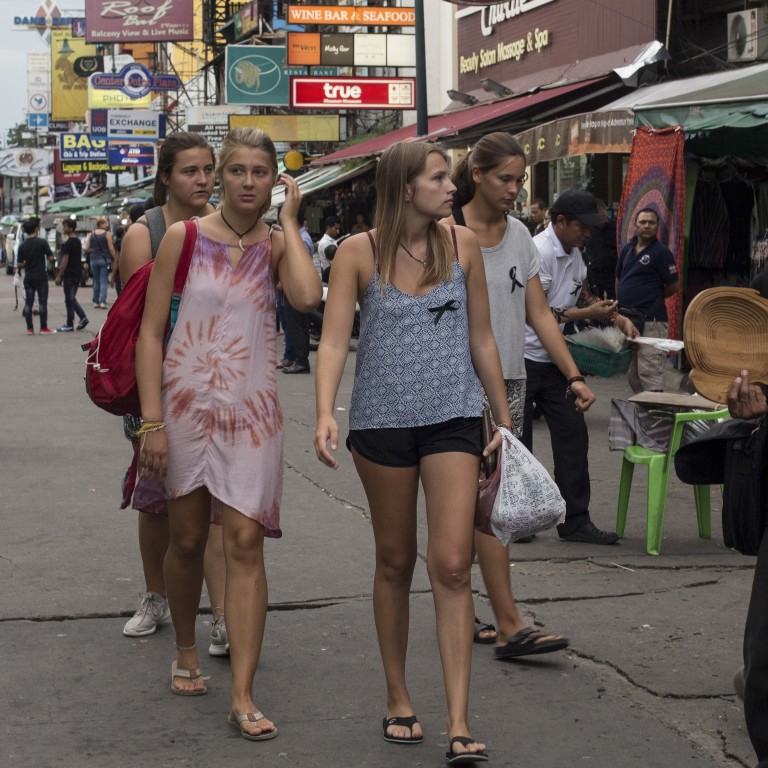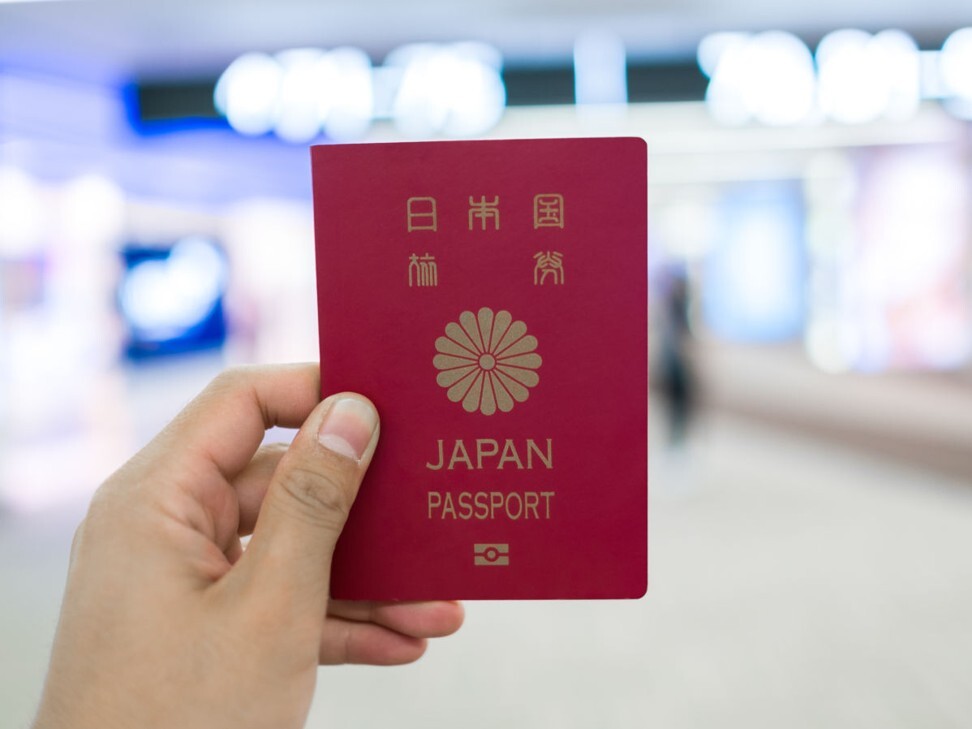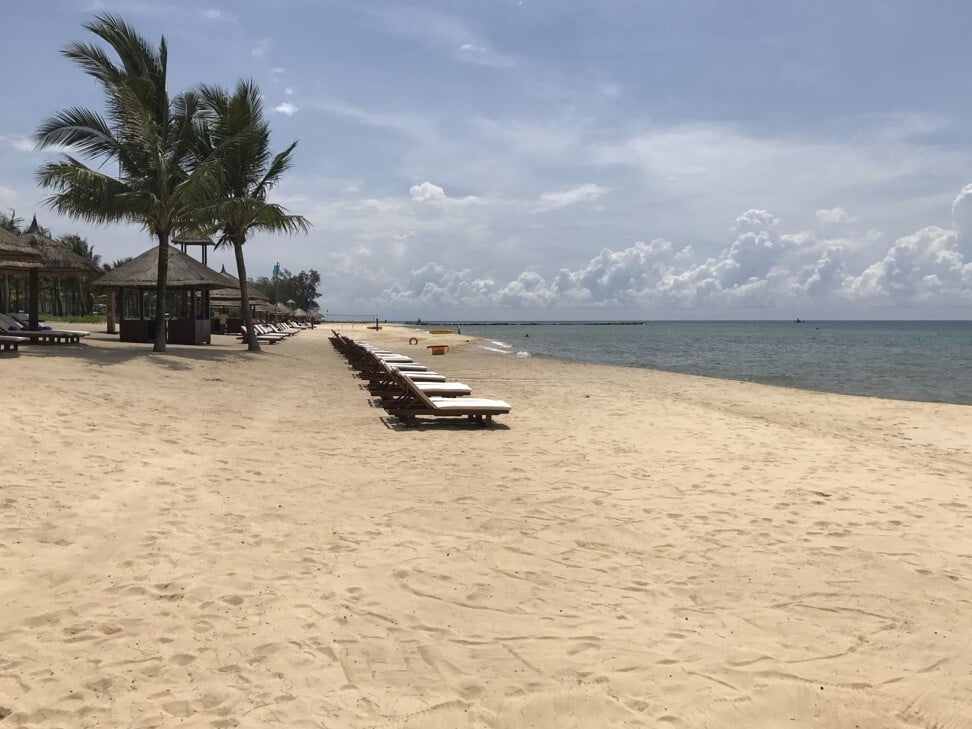
Can young Chinese tourists help save a backpacker-free Bangkok when international travel returns?
- Bangkok has long welcomed budget travellers in search of low-rent hedonism and cheap thrills
- Although easy to dismiss, the youth travel segment has significant spending power
The oldest backpack we know of belonged to Otzi the iceman, whose mummified remains – like the remnants of his pack – date to between 3400BC and 3100BC and were found in the Otztal Alps, on the border of modern-day Austria and Italy, in 1991. Otzi was not, however, the first backpacker.
Backpacking as we know it became a phenomenon in the 1950s, with the pathfinders of the “hippie trail”, an overland route from Europe to Asia. The trail for most followers passed through Iran, Afghanistan, Pakistan, India, Nepal and, eventually, Thailand, and was taken by budget travellers in search of authentic experiences and cheap thrills.
The Soviet invasion of Afghanistan and the Iranian revolution effectively closed the trail in the 70s, but in the decades since, Asia has remained the holy grail for mostly Western youngsters wide-eyed with wanderlust and as excited by cheap thrills as their beatnik begetters.
All Thai tourism wants for Christmas is a Covid-19 vaccine
One might imagine the youth travel sector – those aged 15 to 29 and with more than their fair share of intoxicated bargain hunters – is one that destinations are not missing. But, as the World Youth Student and Educational (WYSE) Travel Confederation points out, its sheer size means it should not be overlooked – according to the non-profit organisation, its demographic was worth almost US$333 billion in 2018.
“Young people are often money poor, but time rich, which means they can spend longer in a destination than a typical tourist,” states the WYSE website. A 2017 study found that young travellers spent €2,867 (US$3,488) on their main trip on average, compared with €1,035 per trip for international tourists globally in 2018.
And while the quintessential backpacker might be Western, white and more than a little entitled, China’s young, independent travellers cannot be ignored. Speaking to the World Youth and Student Travel Conference in August, Sienna Parulis-Cook, associate director of communications at digital marketing agency Dragon Trail Interactive, said that the post-1990 generation, known as jiulinghou, had been “the driving force in the recovery of China’s domestic tourism market […] Rather than reducing travel budgets, these consumers are now often spending more on travel than they did pre-Covid-19, especially in terms of better quality accommodation and food”.
However, the world of post-pandemic travel is not only distant but also alien, and likely to include costly vaccinations and “vaccine passports”, as well as a lack of budget airlines, all of which could be impediments to backpackers and the wider youth travel segment. That Khao San “welcome back, kids” party will have to wait a while yet.
Whether backpackers will have lost their appetite for cheap thrills and whatever the surviving bars have to offer by the time they can finally go back to old Khao San is another matter entirely.
How powerful is your passport?

Your passport(s) might not feel particularly powerful as it (they) gather(s) dust but that hasn’t stopped “global citizenship and residence advisory firm” Henley & Partners from releasing a new Henley Passport Index, which, it claims, “goes beyond a simple ranking of passports to provide you with an in-depth picture of your travel freedom”.
At the top of the 2021 power list is Japan, followed by Singapore and, in joint third place, South Korea and Germany. Hong Kong comes in at No 19, tied with Brazil and Argentina, while China is at No 70, with Belarus and Kazakhstan.
Phu Quoc becomes Vietnam’s first ‘island city’

The Vietnamese island of Phu Quoc, off the coast of Cambodia, has become the country’s first “island city”. What this means for the 574 sq km island isn’t entirely clear, but according to local media, it is a big deal.
“Speaking at a ceremony held on January 8 to announce the establishment of Phu Quoc city, Deputy Prime Minister Truong Hoa Binh said Phu Quoc has experienced tremendous economic and social growth and urbanisation,” reports English-language news site Vietnamnet. “The establishment of Phu Quoc city will play an important role in the province’s socio-economic development and in asserting the country’s sovereignty over its waters and islands.”

